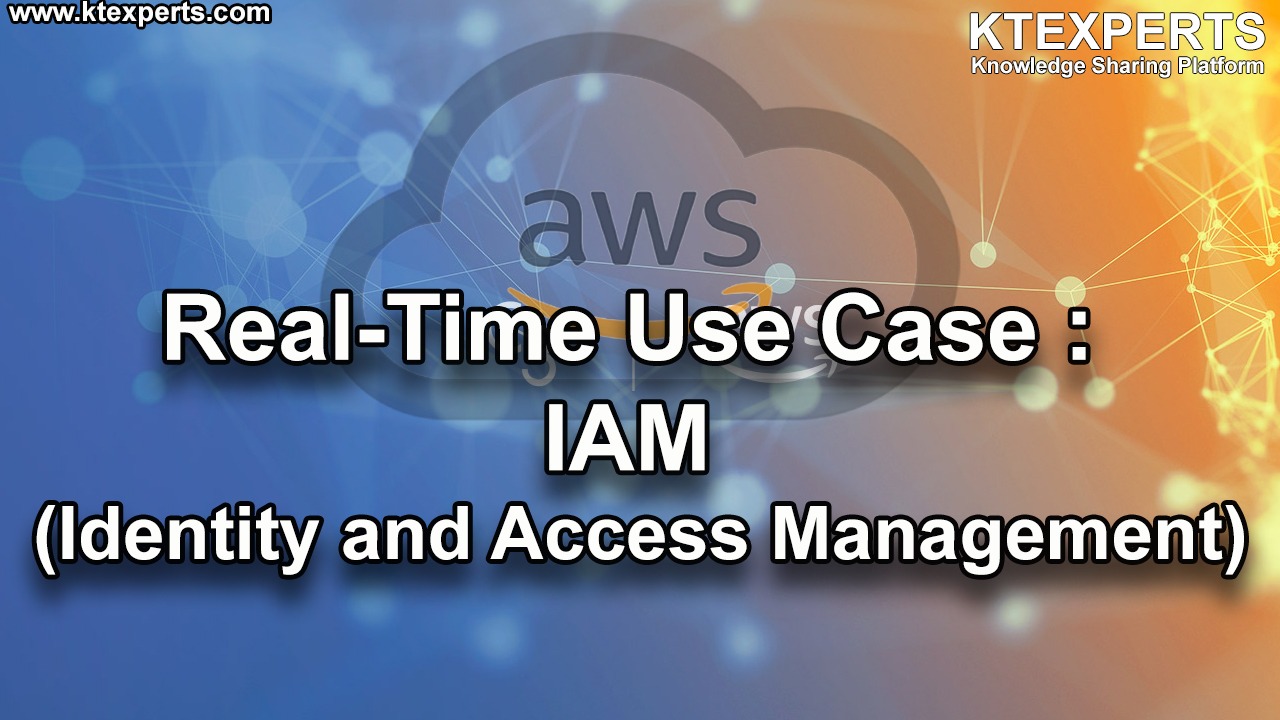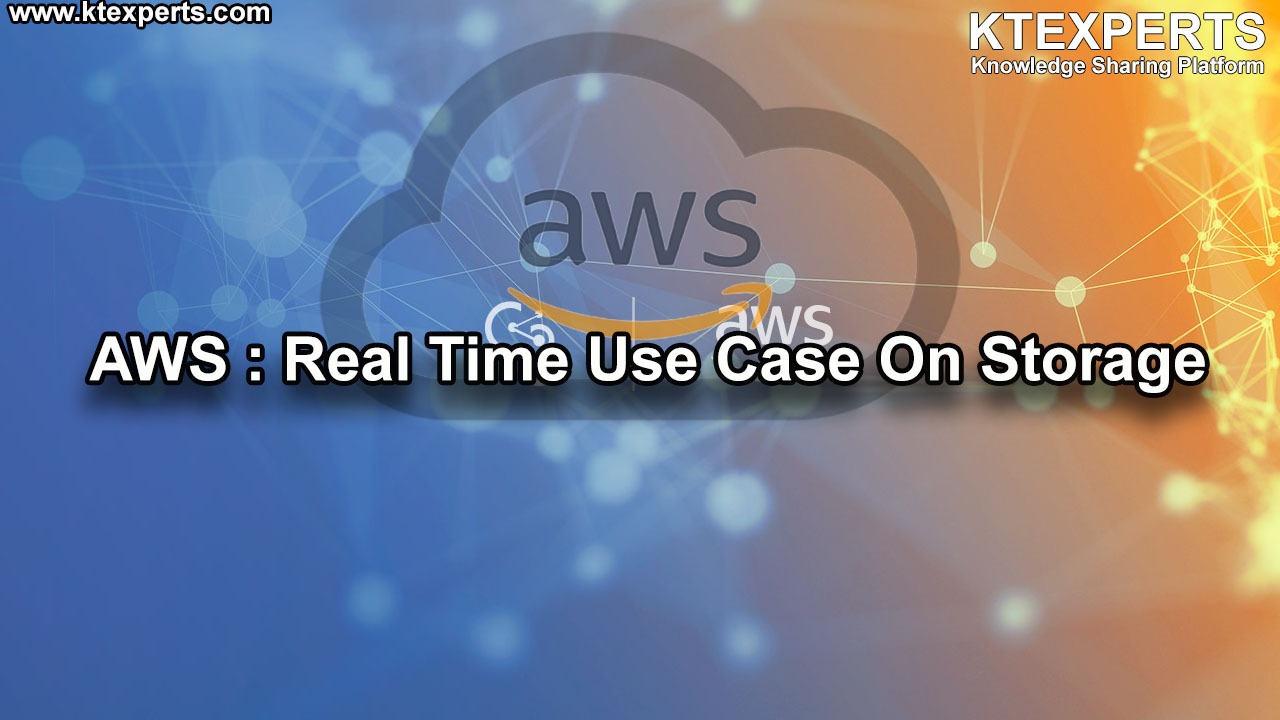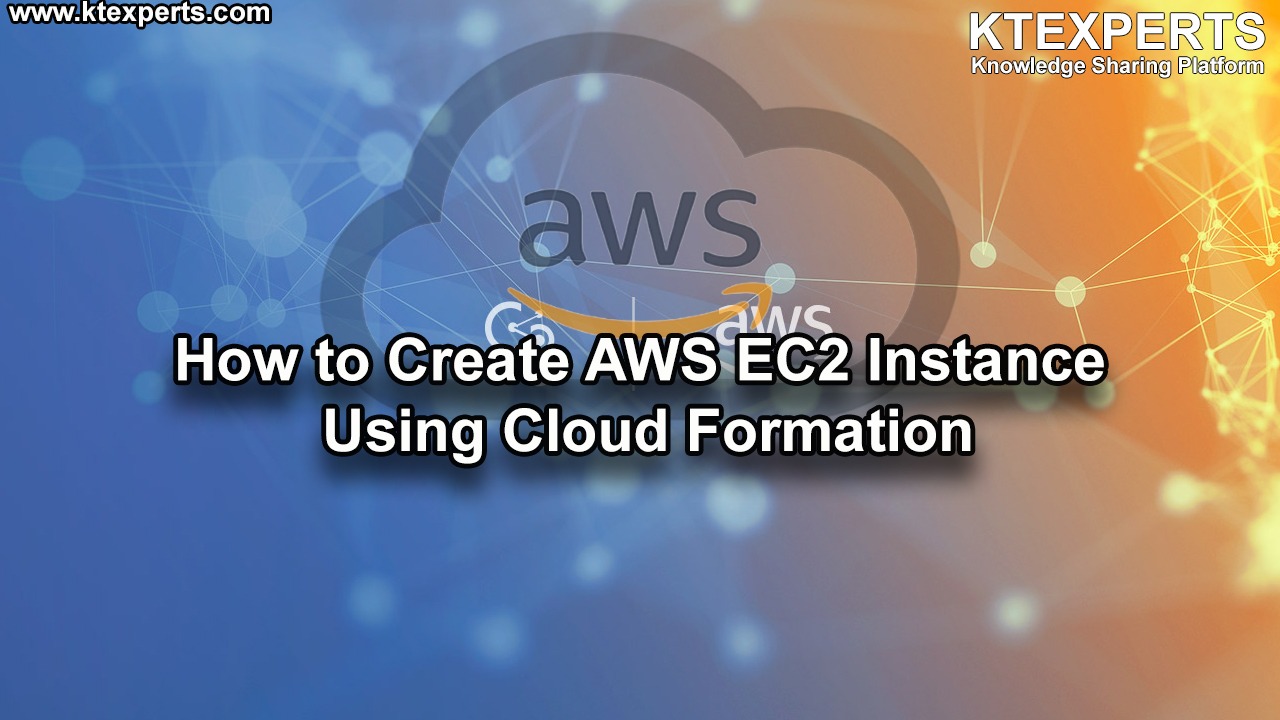Global Infrastructure in AWS(Amazon Web Services)
In this article,we will see Global Infrastructure in AWS(Amazon Web Services).
The AWS global infrastructure is built around Regions and Availability Zones.
The AWS Cloud operates 69 Availability Zones within 22 geographic Regions around the world, with announced plans for 9 more Availability Zones and three more Regions in Cape Town, Jakarta, and Milan.
We can see the above world map.
Blue color circles represent Region and Red color circle represents upcoming region across the world.
What is the Region?
Regions are nothing but physical location or geographic location across the world.
Each region is a separate geographic area.
Each region has multiple isolated locations known as availability zones.
Each Amazon EC2 region is designed completely isolated from other Amazon EC2 region.
Availability Zones
Availability zones consists of one or more discrete data centres, each with redundant power, networking and connectivity
Each availability zone completely isolated from each other.
Availability Zones are clustered with each other.
An Availability zone combination of one or more data centers.
AZ’s are physically separated and isolated and are connected with low latency, high throughput and highly redundant networking.
When you launch an instance, you can select an Availability Zone or let us choose one for you.
If you distribute your instances across multiple Availability Zones and one instance fails, you can design your application so that an instance in another Availability Zone can handle request.
Data Centers
A data center is a location where actual physical data resides.
A single or couple of data centers are clubbed in to on availability zone.
Edge Locations
AWS has more points of presence with edge locations, smaller locations that cache data and used through AWS cloud front service.
Used by content delivery network(Cloud Watch).
There are currently 40 edge locations with more being added each month. They are located in most the major cities around the world and are used by CloudFront (CDN) to distribute content nearer to the end user.
You can use the Amazon EC2 console to determine which Regions and Availability Zones are available for your account.
Logging to AWS Management Console
Go to AWS Management Console by using below link.
https://aws.amazon.com/console/
Login using username & password and click on sign in.
We can see the AWS Management Console Dashboard.
In the AWS Management Console, we can see 18 Regions across the world.
In the above image we can see only 18 regions out 22 regions across the word.
Out of 18 regions 16 are regions are enabled by default and 2 are regions are Disabled by default.
Enabled by default regions
The regions are enabled by default we can’t disabled these regions.
- US East (N. Virginia)
- US East (Ohio)
- US West (N. California)
- US West (Oregon)
- Asia Pacific (Mumbai)
- Asia Pacific (Seoul)
- Asia Pacific (Singapore)
- Asia Pacific (Sydney)
- Asia Pacific (Tokyo)
- Canada (Central)
- China (Beijing)
- China (Ningxia)
- EU (Frankfurt)
- EU (Ireland)
- EU (London)
- EU (Paris)
- EU (Stockholm)
- South America (Sao Paulo)
- AWS GovCloud (US-East)
- AWS GovCloud (US-West)
Change the region
Here, we can see the “Mumbai” is my current region.
I want to change my current region “Mumbai” to another region “Singapore”.
Go to region tab “Mumbai” and click on there we can see 18 regions and select required region ( I am choosing the Singapore region) then click on that.
Now, the region has been changed, there we can see only location name “Singapore”.
Disabled by default regions
- Asia Pacific (Hong Kong)
- Middle East (Bahrain)
These two regions are disabled by default.
We need to enable and disable the regions manually.
Administrators can enable and disable these regions.
You cannot enable or disable regions that are enabled by default. You can only include regions that are disabled by default. For more information.
Enabling a Region
In the upper right corner of the console, choose your account name then click on My Account.
Go to AWS Regions at bottom of the page and choose enable option then click on.
By default, the status of region “Hong Kong” is Disabled, so click on Enable to enabling the region.
Click on Enable region.
We can see the status of Hong Kong region is enabled.
Go to aws at top corner of the page and click on AWS.
Here, we can see the “Singapore” is my current region.
I want to change my current region “Singapore” to another region “Hongkong”.
Go to region tab “Singapore” and click on, there we can see 18 regions and select required region (I am choosing the Hong Kong region) then click on Hong Kong.
Now, my current region is Hong Kong see at right corner of the page.
Disabling a Region
In the upper right corner of the console, choose your account name then click on My Account.
Go to AWS Regions and choose Region then click on Disable in Action.
Type text as “disable” to confirm disabling this region.
We can see the status of Hong Kong region is Disabled.
Here, we can see all the Regions and Availability Zones.
| SNO | REGION NAME | REGION CODE | AZ NUMBER | AVAILABILITY ZONE NAME |
| 1 | US East (N. Virginia) | us-east-1 | 6 | us-east-1a,us-east-1b,us-east-1c,us-east-1d,us-east-1e,us-east-1f |
| 2 | US East (Ohio) | us-east-2 | 3 | us-east-2a,us-east-2b,us-east-2c |
| 3 | US West (N. California) | us-west-1 | 3 | us-west-1a, us-west-1b,us-west-1c |
| 4 | US West (Oregon) | us-west-2 | 4 | us-west-2a, us-west-2b, us-west-2c,us-west-2d |
| 5 | Asia Pacific (Hong Kong) | ap-east-1 | 4 | us-west-2a,us-west-2b,us-west-2c,us-west-2d |
| 6 | Asia Pacific (Mumbai) | ap-south-1 | 3 | ap-south-1a,ap-south-1b,ap-south-1c |
| 7 | Asia Pacific (Seoul) | ap-northeast-2 | 3 | ap-northeast-2a,ap-northeast-2b,ap-northeast-2c |
| 8 | Asia Pacific (Singapore) | ap-southeast-1 | 3 | ap-southeast-1a,ap-southeast-1b,ap-southeast-1c |
| 9 | Asia Pacific (Sydney) | ap-southeast-2 | 3 | ap-southeast-2a,ap-southeast-2b,ap-southeast-2c |
| 10 | Asia Pacific (Tokyo) | ap-northeast-1 | 3 | ap-northeast-1a,ap-northeast-1c,ap-northeast-1d |
| 11 | Canada (Central) | ca-central-1 | 2 | ca-central-1a,ca-central-1b |
| 12 | China (Beijing) | cn-north-1 | 2 | cn-north-1a,cn-north-1b |
| 13 | China (Ningxia) | cn-northwest-1 | 3 | cn-northwest-1a,cn-northwest-1b,cn-northwest-1c |
| 14 | EU (Frankfurt) | eu-central-1 | 3 | eu-central-1a,eu-central-1b,eu-central-1c |
| 15 | EU (Ireland) | eu-west-1 | 3 | eu-west-1a, eu-west-1b, eu-west-1c |
| 16 | EU (London) | eu-west-2 | 3 | eu-west-2a,eu-west-2b,eu-west-2c |
| 17 | EU (Paris) | eu-west-3 | 3 | eu-west-3a,eu-west-3b,eu-west-3c |
| 18 | EU (Stockholm) | eu-north-1 | 3 | eu-north-1a,eu-north-1b,eu-north-1c |
| 19 | Middle East (Bahrain) | me-south-1 | 3 | me-south-1a,me-south-1b,me-south-1c |
| 20 | South America (Sao Paulo) | sa-east-1 | 3 | sa-east-1a,sa-east-1b,sa-east-1c |
| 21 | AWS GovCloud (US-East) | us-gov-east-1 | 3 | us-gov-east-1a,us-gov-east-1b,us-gov-east-1c |
| 22 | AWS GovCloud (US-West) | us-gov-west-1 | 3 | us-gov-west-1a,us-gov-west-1b,us-gov-west-1c |
Thank you for giving your valuable time to read the above information. Please click here to subscribe for further updates
KTEXPERTS is always active on below social media platforms.
Facebook : https://www.facebook.com/ktexperts/
LinkedIn : https://www.linkedin.com/company/ktexperts/
Twitter : https://twitter.com/ktexpertsadmin
YouTube : https://www.youtube.com/c/ktexperts
Instagram : https://www.instagram.com/knowledgesharingplatform





k. sai chaitanya
Its a good article and I got so much information regarding to regions and availability Zones.
Venkat
Super Explained
Very Clear
Ratnakiran
Awesome, good KT(knowledge transfer). Thank you for sharing.
Surya
Awesome, good KT(knowledge transfer). Thank you for sharing.
Surya
Thanks you for sharing